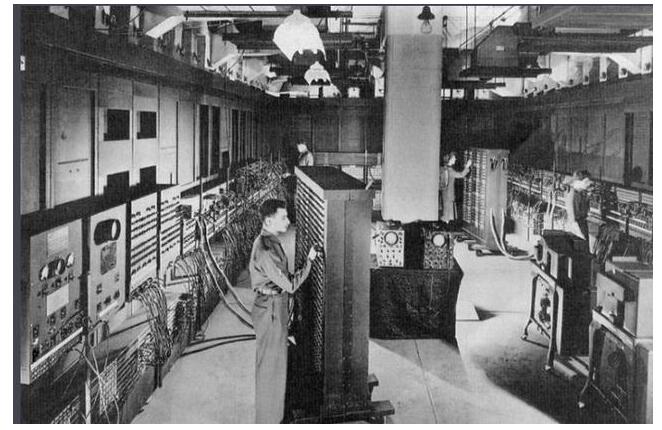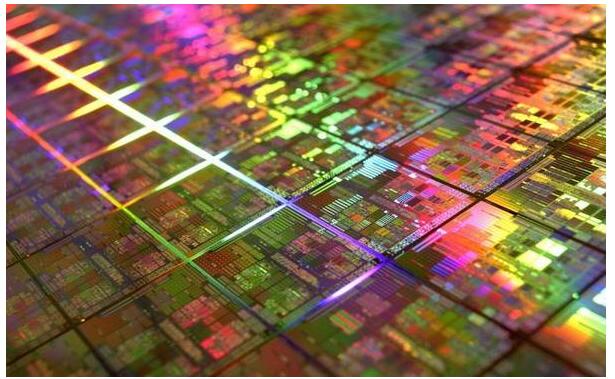We all know that in the computer world, there are only two states, that is, on and off of the digital circuits, corresponding to the binary number 1 or 0. Any powerful computer and complicated calculation are always realized by 1, 0. This actually coincides with the "Yin and Yang" of Chinese classical philosophy. 1,0 produces everything. The development history of digital circuits is from slow to large and from large to small. The performance of computing is becoming more and more powerful, but the development has always been in line with a rule. Today, insects and everyone will talk about the development history of electronic circuits, Moore's law and future development trend.
Development history of electronic circuits -- from vacuum tubes, transistors to integrated circuits
Vacuum tube and ENIAC

The final calculation of computer is realized by switching the switching state of digital circuit, including information transmission and equipment connection. At the beginning of the development of digital circuit, before the 1950s, the circuit was composed of vacuum tubes. The diode invented by Fleming and the vacuum triode improved by de Forrest produced a general-purpose computer ENIAC (Electronic Numerical Integrator and compute).
Modern electronic circuits are made of huge glass tubes pumped into vacuum, so they are called vacuum tubes. Vacuum tube uses the two poles of filament or circuit board to emit electron beam to control current. However, not all tubes are evacuated. Some gases and smaller tubes use photosensitive materials and magnetic fields to control the flow of electrons. They all have something in common: they are expensive, consume a lot of electricity and emit a lot of heat. They are also very unreliable and require a lot of maintenance. And they are so large that it is difficult to make smaller "computers".
transistor
The invention of the transistor originated from the research of Bell Laboratories and was based on finding an element with low price, low or no power consumption and no temperature rise. The element must also be easy to manufacture, fast switching speed and small volume. In 1974, led by William Shockley, John Bardeen and Walter brattain invented transistors that meet these characteristics. The transistor is small in size and resistance, has no moving parts (so the loss is very small), is reliable and almost does not generate heat. The invention of transistor makes the research of electronic circuit unprecedentedly active. New developments in transistor performance, size and reliability occur almost every month.

Integrated circuit
Jack Kilby of Texas Instruments is one of the first people in the world to show the world that many of these transistors are placed on a single wafer (silicon wafer). In 1959, he applied for an IC or integrated circuit. By the 1960s, transistors were getting smaller and smaller. We made complex ICs and built faster and smaller "computers".